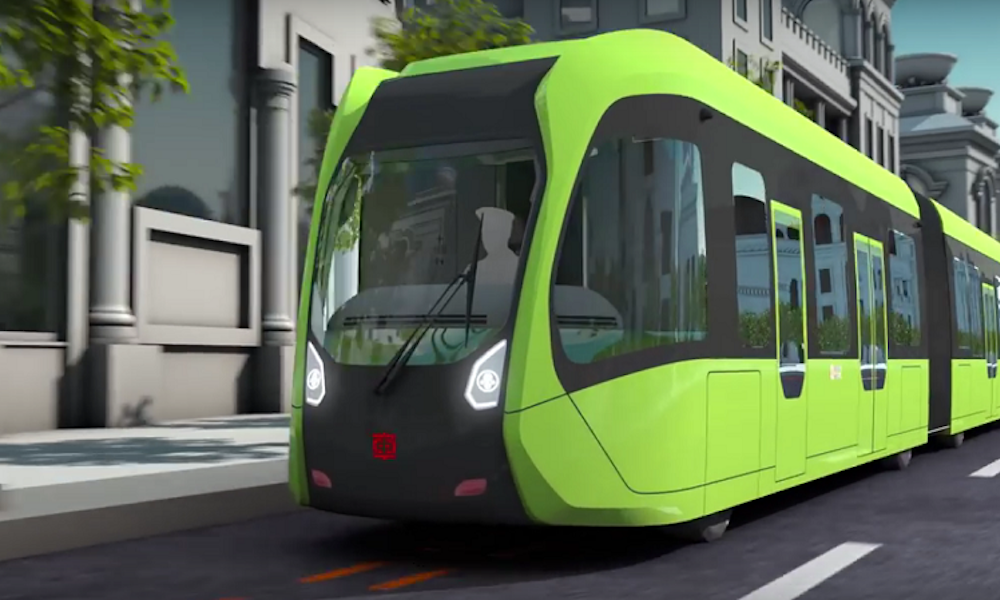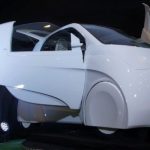The Chinese railway company CRRC wants to have an autonomous train in the inland city of Zhuzhou for 2018. The Autonomous Rail Rapid Transit (ART) is the name of this marvelous train which does not actual need any rails, but travels on painted tracks.
The train, which is actually a bus
The ART cheats a little bit. First of all, the ART avoids the typical problems that autonomous vehicles havebecause of its guide tracks. Autonomous vehicles must be able to recognize and evaluate traffic situations in real time and react accordingly. The ART will not have to deal with this challenge since it only travels on its painted tracks and, like a tram, is separated from the rest of traffic.
Secondly, the ART is not really a train, but a bus. Because even if the vehicle looks like a train in design, it is in reality an electric bus.
Environmentally friendly and cheap, but also safe?
The reason for the unusual design was probably also the intention to create an environmentally friendly transport solution for Zhuzhou. The ART should therefore have as little as possible in common with a diesel bus in terms of appearance. Well, and CRRC is a railroad company.
A “virtual bus track”is the name given for it by Feng Jianghua, chief developer at the Zhuzhou Institute, who has been developing the vehicle for CRRC since 2013.
The demand for public transport is great because like many cities in China, Zhuzhou, in the province of Hunan, has become a city of millions in just a few years. However, a subway for mass transport is too expensive, says Feng Jianghua. One kilometer of metro costs between $58 and $102 million. ART, on the other hand, cost only $2.2 million.
However, there are also concerns that the ART could quickly push ruts into the roadway by always taking the same route. It is also not yet clear how the bus would perform on the ice or snow.
One bus can carry up to 500 passengers
The e-bus runs on a fast-charging battery and can reach a top speed of 70 kilometers per hour. The standard model consists of three gondolas, is 30 meters long and can transport up to 300 passengers for 40 kilometers. The Maxi model is 50 meters long, with a capacity of up to 500 passengers. It is said that the gondolas can also be coupled in any way. The ART is also equipped with sensors that allow it to detect road dimensions and plan its own route.
The first virtual rail for the ART will pass through downtown Zhuzhou and be put into operation in 2018.










